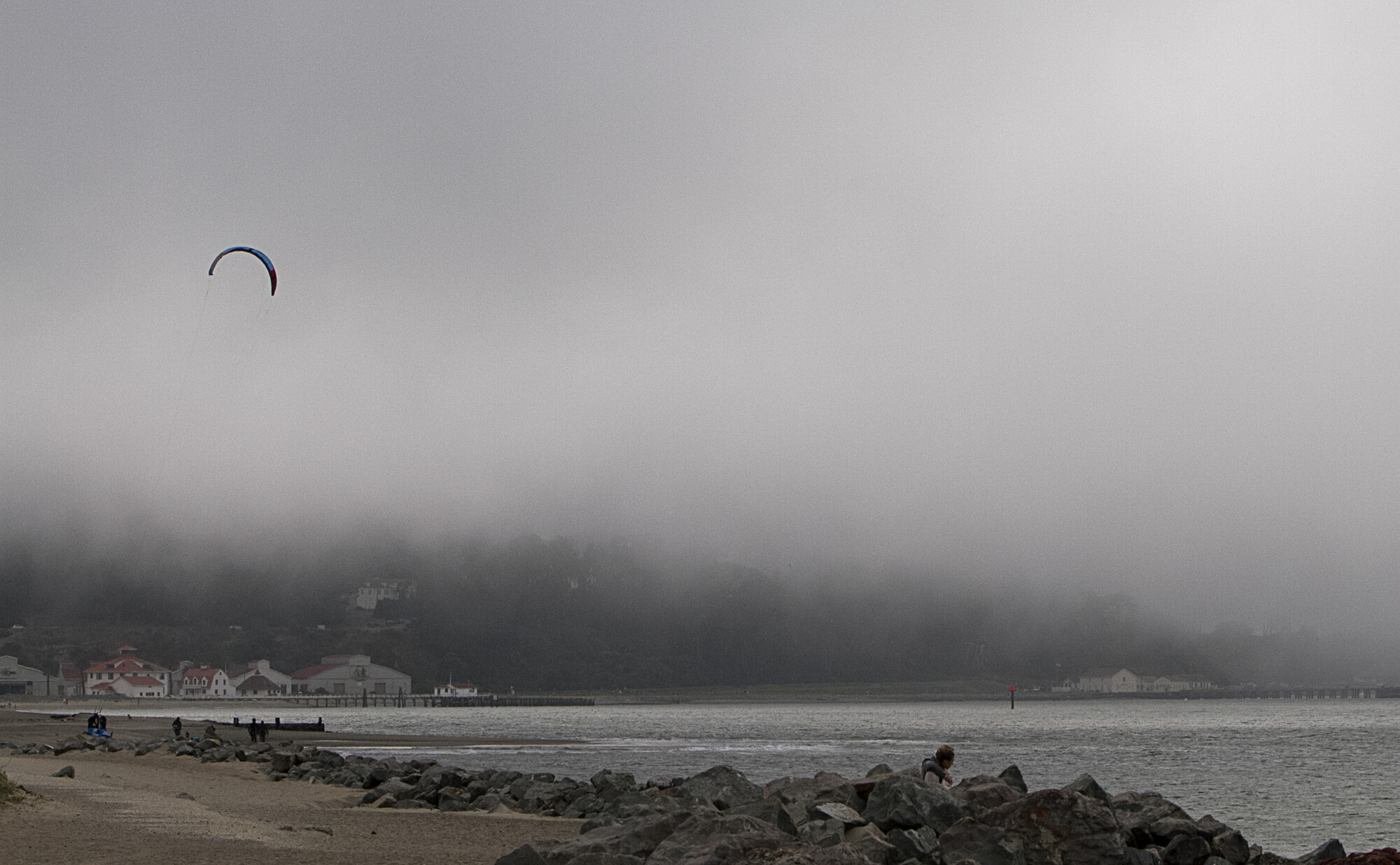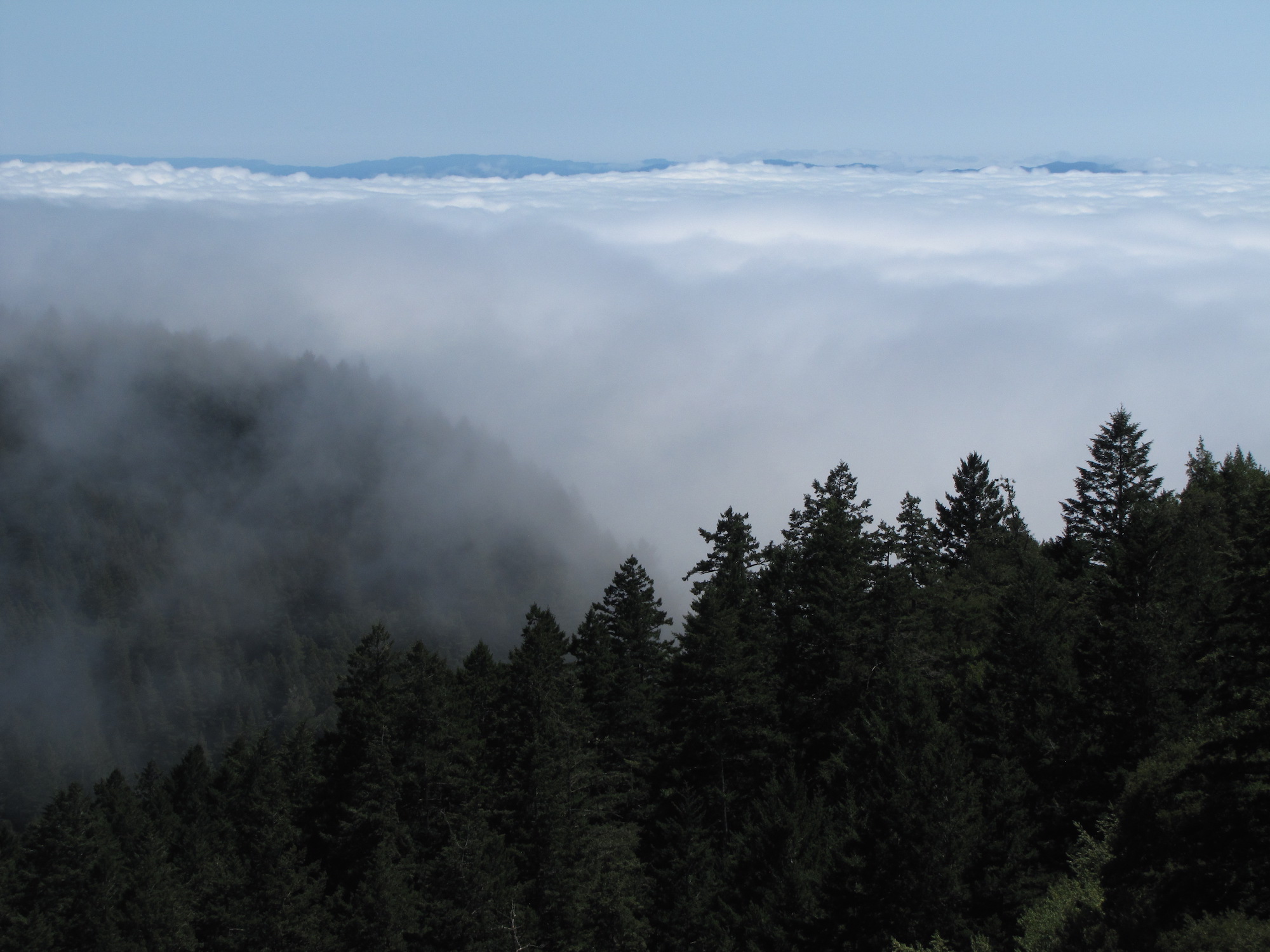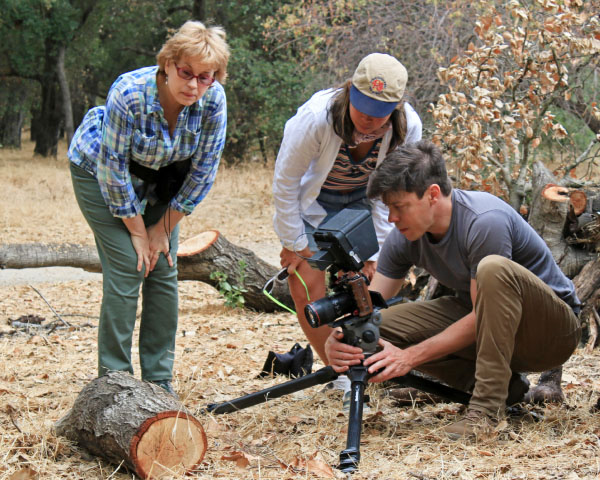For example, the highest temperature in San Francisco over the first 18 days of June was 72 degrees. In Sacramento, daytime temperatures were above 80 degrees, with five days exceeding 90 degrees, according to National Weather Service data.
Null said the big difference between the Bay Area and the Central Valley is that farther inland, conditions don’t cool off as much overnight, which he said is normal but is becoming more regular due in part to human-caused climate change.
“We can see those trend lines gradually inching up,” he said. “Any given year is going to have climate change DNA in it. The frequency of these events is going up. But to try and identify any single event, it wouldn’t stand up in court.”
Forecasters note it’s just a matter of time before the marine layer weakens and the larger area of high pressure squishes it, causing parts of the Bay Area to heat up. Garcia said the weather service’s Climate Prediction Center forecasts a higher probability of above-normal temperatures in the region for July.
“By the time we get to mid-late July, it looks like things are going to start to cook, especially across the East Bay and interior locations as the marine layer gets squashed,” Garcia said.
Garcia said he wouldn’t be surprised if, sometime in July or August, heat waves and high temperature records are broken in the Bay Area, like they were last year. He also expects fire danger to ramp up in July.
The forecaster suggests that Bay Area residents prepare for the heat and increased wildfire risk by locating cooling centers ahead of time, updating their air conditioners, determining evacuation routes early and ensuring pets have a cool place to sleep, because “heat is an insidious beast and it can sneak up on you.”
“When everything’s said and done, it wouldn’t shock me at all that the climate scientists come out after with an analysis that we will have had the hottest summer on record for the globe again in the summer months for the Northern Hemisphere,” Garcia said.



